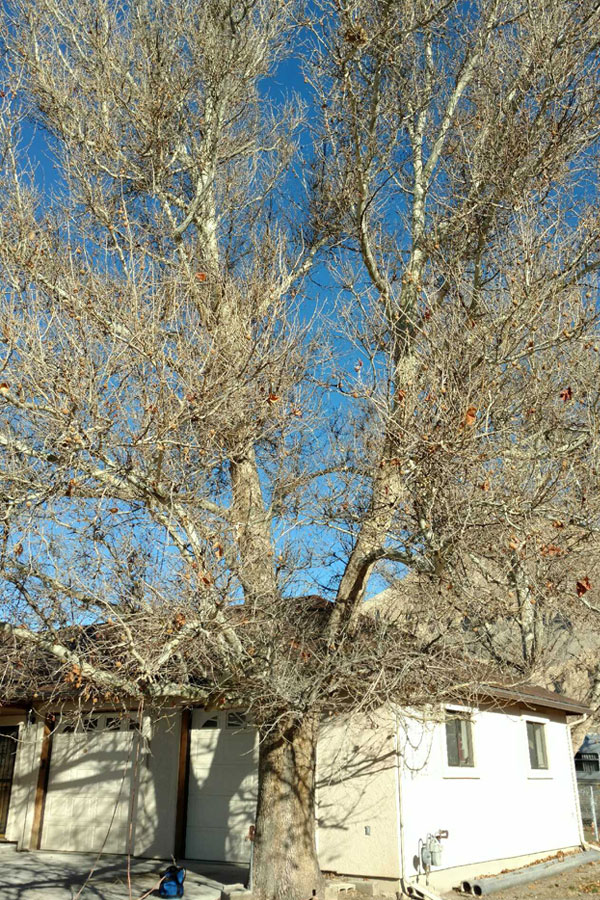Sycamore Anthracnose
Sycamore anthracnose is a fungal disease that can cause leaf drop, twig dieback, cankers and the sudden death of more than 90% of a tree's new shoot growth. The fungi overwinter in dead twigs and fallen leaves. Cool, rainy weather creates perfect conditions for the spores to spread in the leaf litter. It generally appears first as small and irregular yellow, brown, dark-brown, or black spots. The spores can expand and merge to cover the whole affected area. The color of the infected part darkens as it ages. The disease can also produce cankers on petioles and on stems, causing severe defoliation.
Anthracnose is a Greek word meaning Charcoal or coal. This disease is called this for the darken spots or lesions that are visible to the tree surface. This organism will attack Sycamore trees in the early spring causing new leave to wilt and die very quickly. Most times this wilting is thought to be due to early spring freeze damage. This is not the case. This fungus is not known to be fatal to the trees, but over time can weaken the trees ability to fight other diseases which could kill the tree off.
Cankers are the small black dots or the fruiting bodies of the fungus. These often form on the branches and twigs at the beginning of sections of leaf clusters. Cankers deprive the new growth of water and nutrients causing them to die-back, and could eventually kill larger branches. Cankers produce spores during the cool wet spring weather that spread through rain to other twigs and leaves, and to other Sycamore trees.
This is a common disease to the Sycamore and if not controlled early on can make for an unsightly tree, that may become unstable and will need to be removed before the tree creates other damage.

